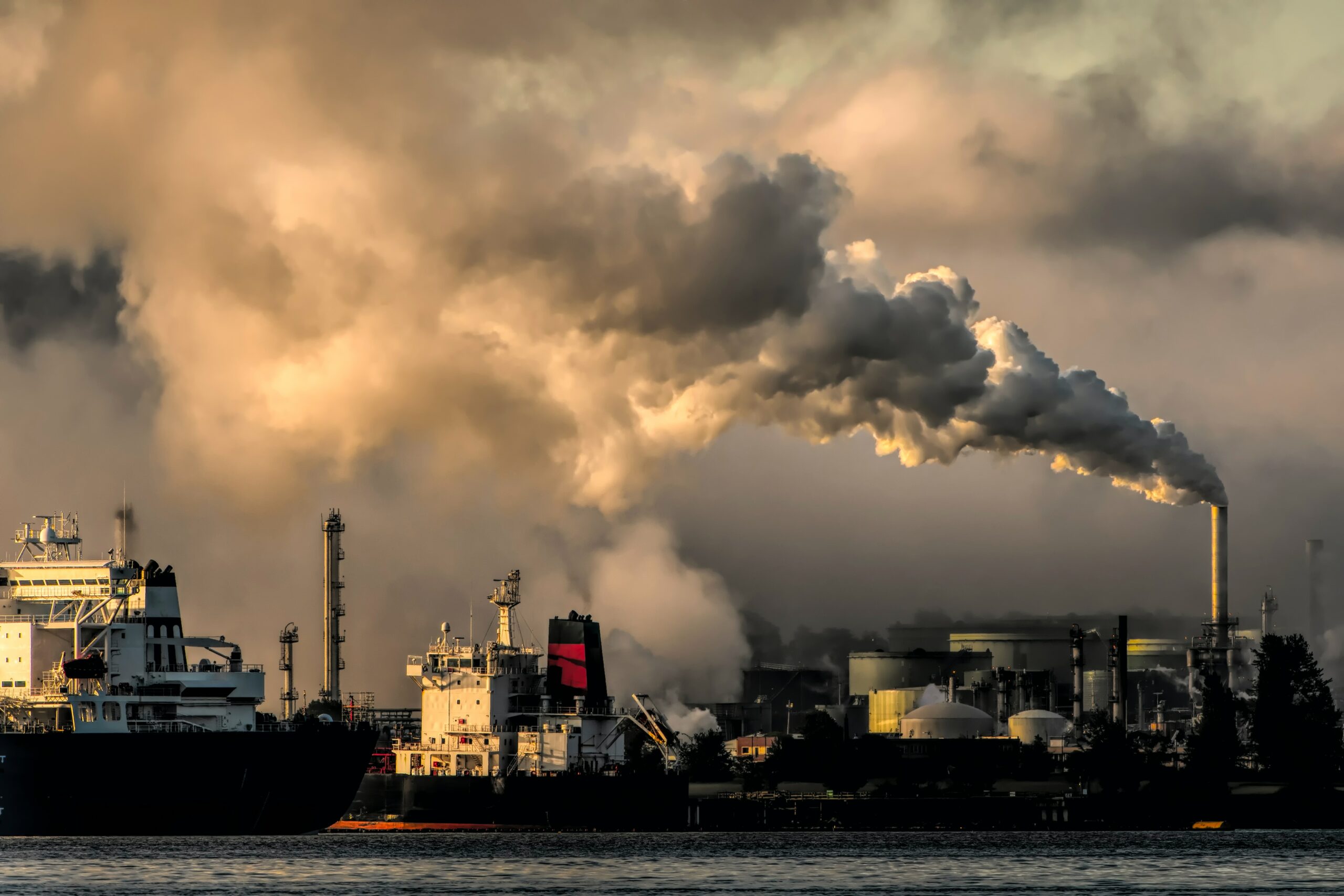
Global Warming
Extreme weather events
Bioerosion
Weathering of stone
Photo by Chris LeBoutillier on Unsplash
Global Warming
The term “global warming” [1]refers to the impact of human activities on the climate, in particular the burning of fossil fuels (coal, oil and natural gas) and large-scale deforestation, which result in the emission of large quantities of “greenhouse gases” into the atmosphere, the most important of which is carbon dioxide. These gases absorb infrared radiation emitted by the Earth’s surface and act as a blanket over it, making it warmer than it would otherwise be. Associated with this warming is climate change.

Photo by Sander Weeteling on Unsplash
More frequent extreme weather
Global warming may increase the frequency and intensity of extreme weather events. For example, more intense storms may cause the stones to topple or shift, while more intense rainfall may accelerate erosion of the stone surfaces or even cause flooding of nearby ground, thus affecting the stability of Stonehenge’s foundations.
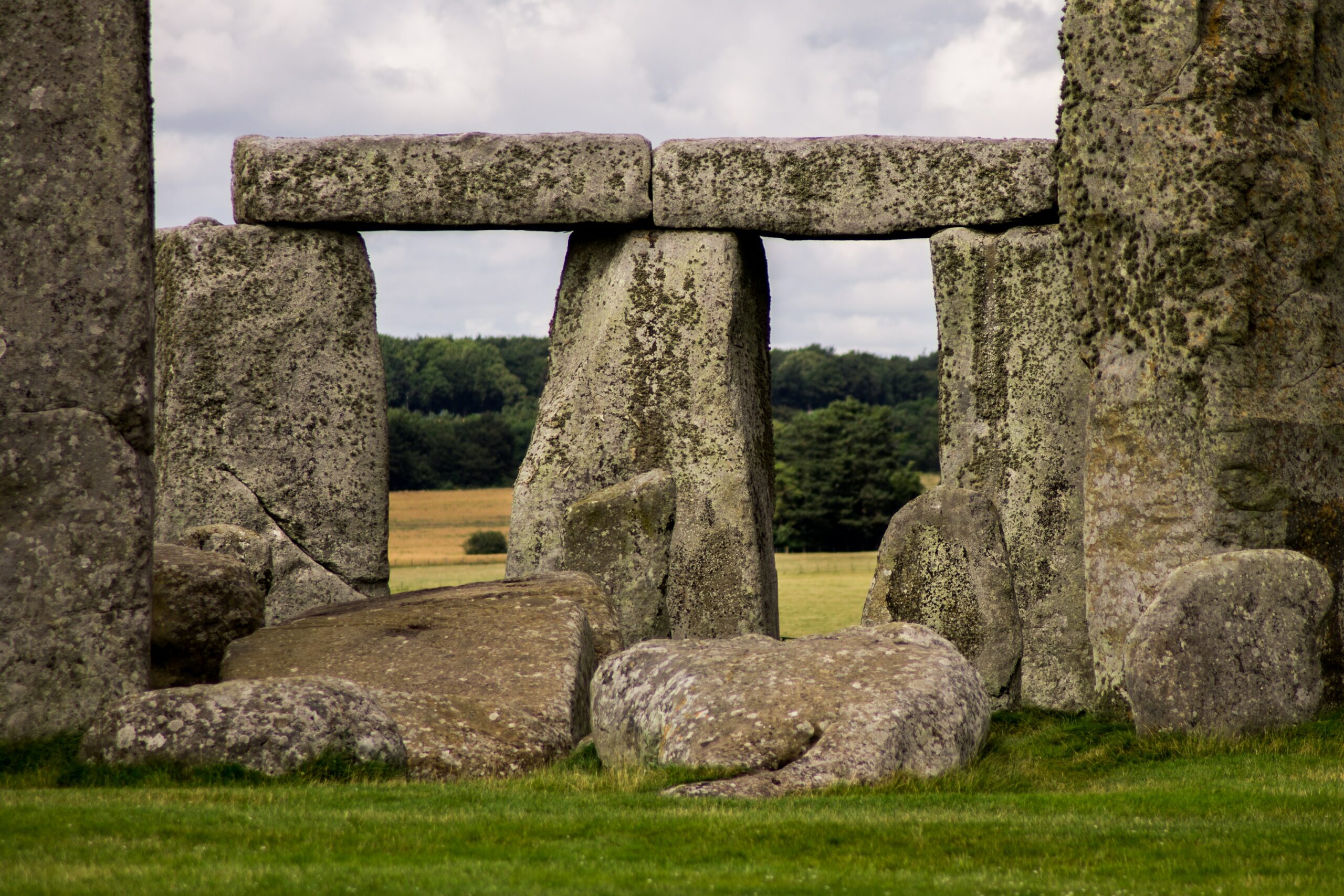
Photo by Inja Pavlić on Unsplash
Changes in humidity and freeze-thaw cycles
Global warming may lead to changes in humidity and freeze-thaw cycles in the area where Stonehenge is located. If the humidity increases, this may lead to more water seeping into the stones, which could accelerate weathering and erosion of the stones. At the same time, if changes in the freeze-thaw cycle lead to more frequent freeze-thaw processes, then cracks within the stones may widen due to the expansion and contraction of the water by freezing and thawing, leading to the breaking of the stones.

Changes in ecosystems
Global warming may alter ecosystems, leading to changes in the abundance and distribution of some populations of organisms that may cause erosion of stones. For example, certain mosses and algae that may grow on stone surfaces and accelerate weathering may increase as a result of warming.
With the threat of global climate change, we must take swift and significant action to make a difference.
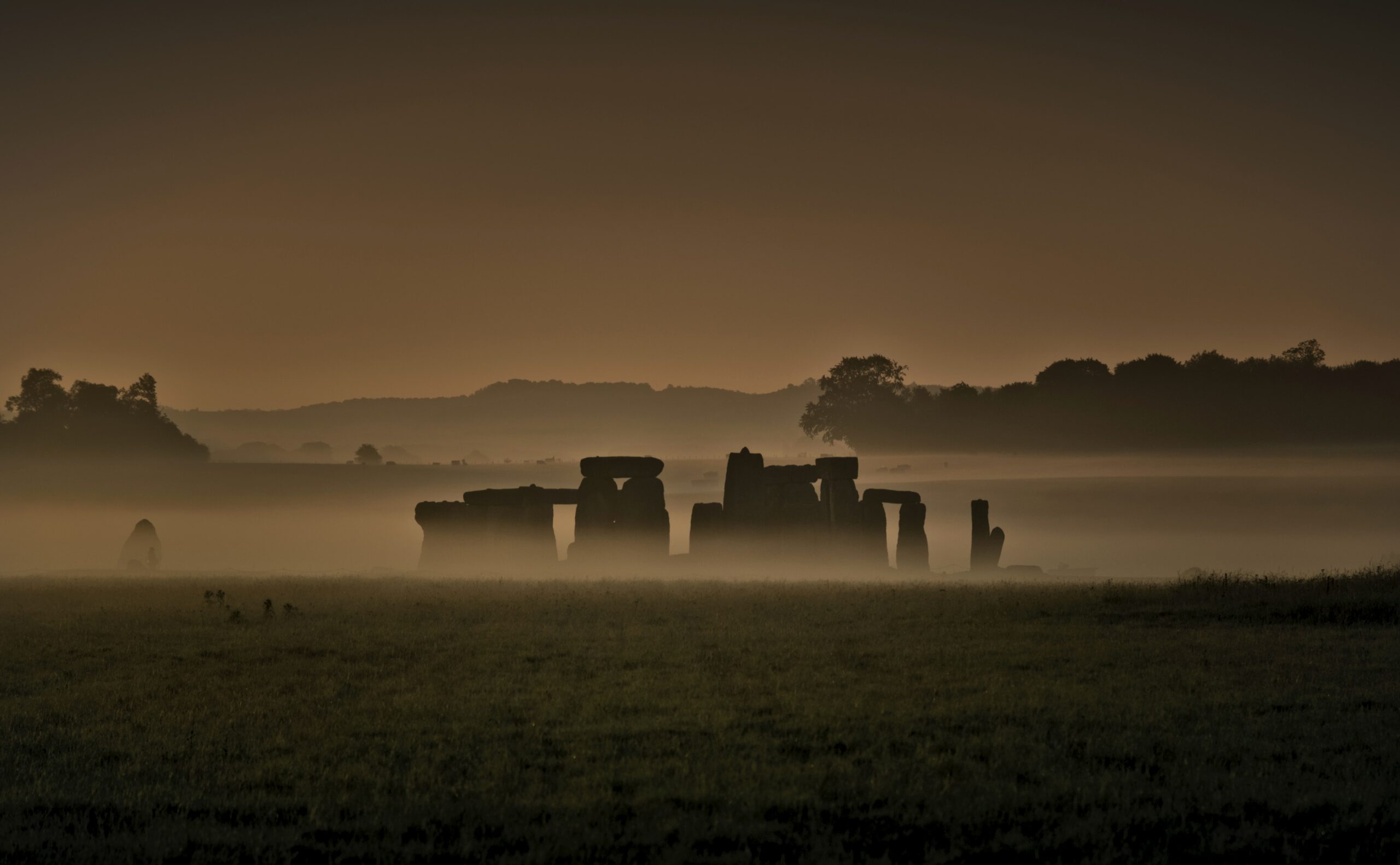
Photo by Giancarlo Corti on Unsplash
Confronting the climate challenge
Climate threats have had an impact on Stonehenge and people have taken steps to protect it.
Access restrictions and educational presentations to visitors
To minimise physical damage to the monument, ordinary visitors cannot touch the boulders in most cases. Access to Stonehenge can only be gained on specific days, such as important days like the summer and winter solstices, or by special appointment. And visitors are provided with information and education to increase their awareness of the importance of preserving the monuments and to encourage them to visit Stonehenge respectfully and sustainably.
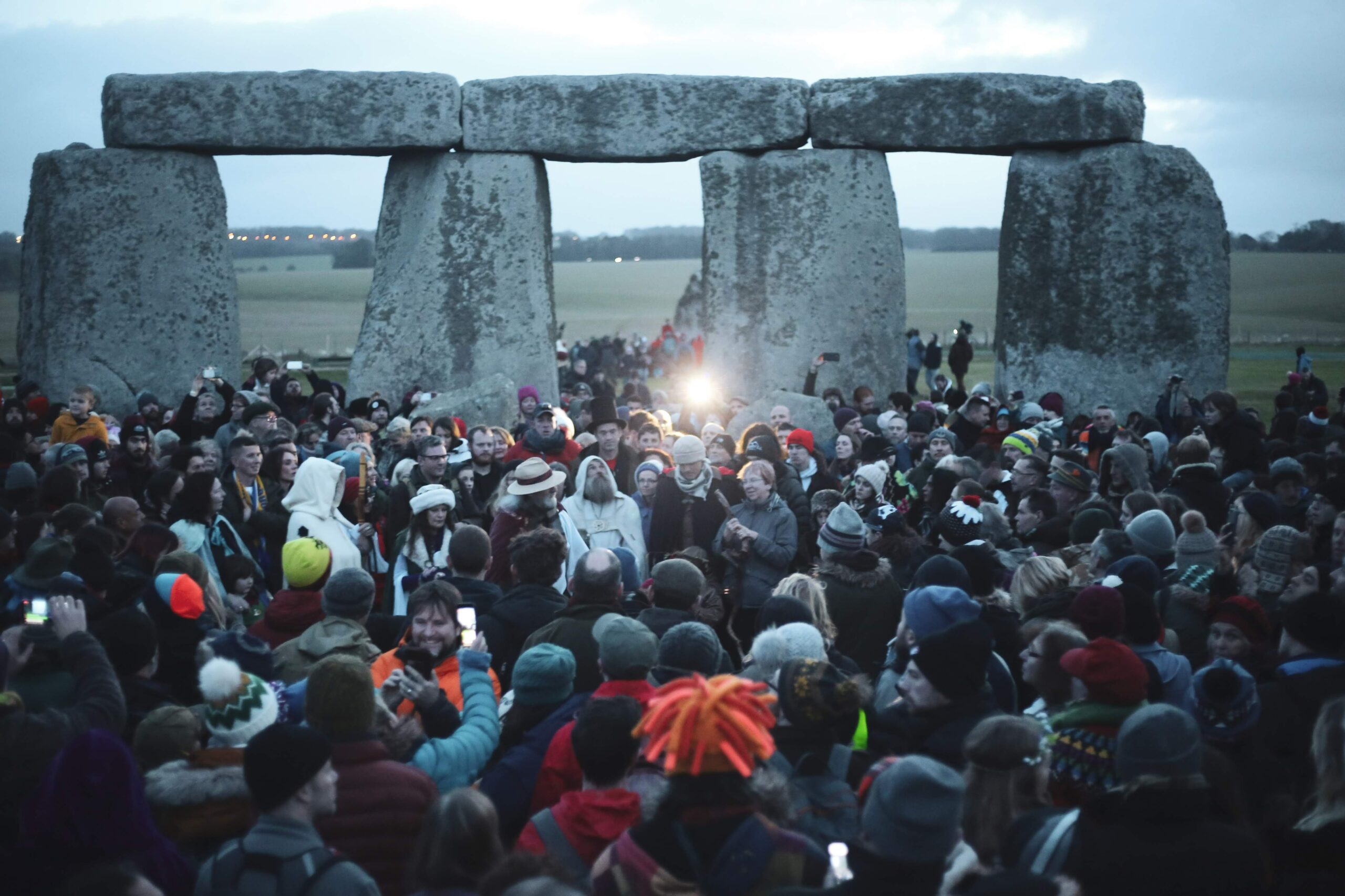
Photo by Dyana Wing So on Unsplash
Firstly, by restricting visitors’ access to the stones, the possibility of physical wear and tear can be greatly reduced. Each contact may only result in minor damage, but cumulatively over time, such damage may have a profound effect on Stonehenge. At the same time, dirt and grease that people may carry on their hands may also erode the stones, and some people may even take the opportunity to leave graffiti or vandalism on the stones. In addition, the adoption of a series of educational activities can enable visitors to have a better understanding of the historical and cultural values of Stonehenge and the importance of preserving the monument, which will in turn inspire the public’s sense of respect and conservation, so that they will be willing to take part in the preservation work or at least will not cause any harm to Stonehenge. Finally, professional management and supervision of Stonehenge on specific days or during booked hours will ensure that visitors’ behaviour does not cause harm to Stonehenge and that professional maintenance and care are provided where necessary.
Protecting the surrounding environment, scientific research and monitoring and maintenance
To protect the environment of Stonehenge, the surrounding area has been designated as a conservation area. This means that it has been given special protection because of its historical and cultural significance. All new developments in the area, such as the construction of buildings or infrastructure, are subject to a rigorous review process. Any projects that could potentially have an impact on Stonehenge itself, or on the landscape that forms its visual backdrop, are scrutinised closely. The goal is to prevent any disruption to the setting of this unique monument.
Specialised conservation teams are also an integral part of the protection efforts. These teams carry out regular inspections and maintenance of Stonehenge. This includes monitoring the stability of the stones to ensure that they are not at risk of toppling over or being damaged. Any damage caused by weathering or other natural factors is promptly repaired. Also, the teams make sure to clear away any organisms, such as lichens or moss, that could be causing erosion to the stones.
Moreover, scientific research plays a vital role in preserving Stonehenge. It helps in deepening the understanding of the history and structure of Stonehenge, along with the factors that could potentially pose a threat to it. The more we know about this site, the better we can protect it. In addition, to reduce noise and visual pollution from vehicle traffic near Stonehenge, the UK government has approved the construction of a tunnel. The proposed tunnel would reroute a major road that currently passes close to the monument, thereby helping to maintain its tranquillity and visual integrity.
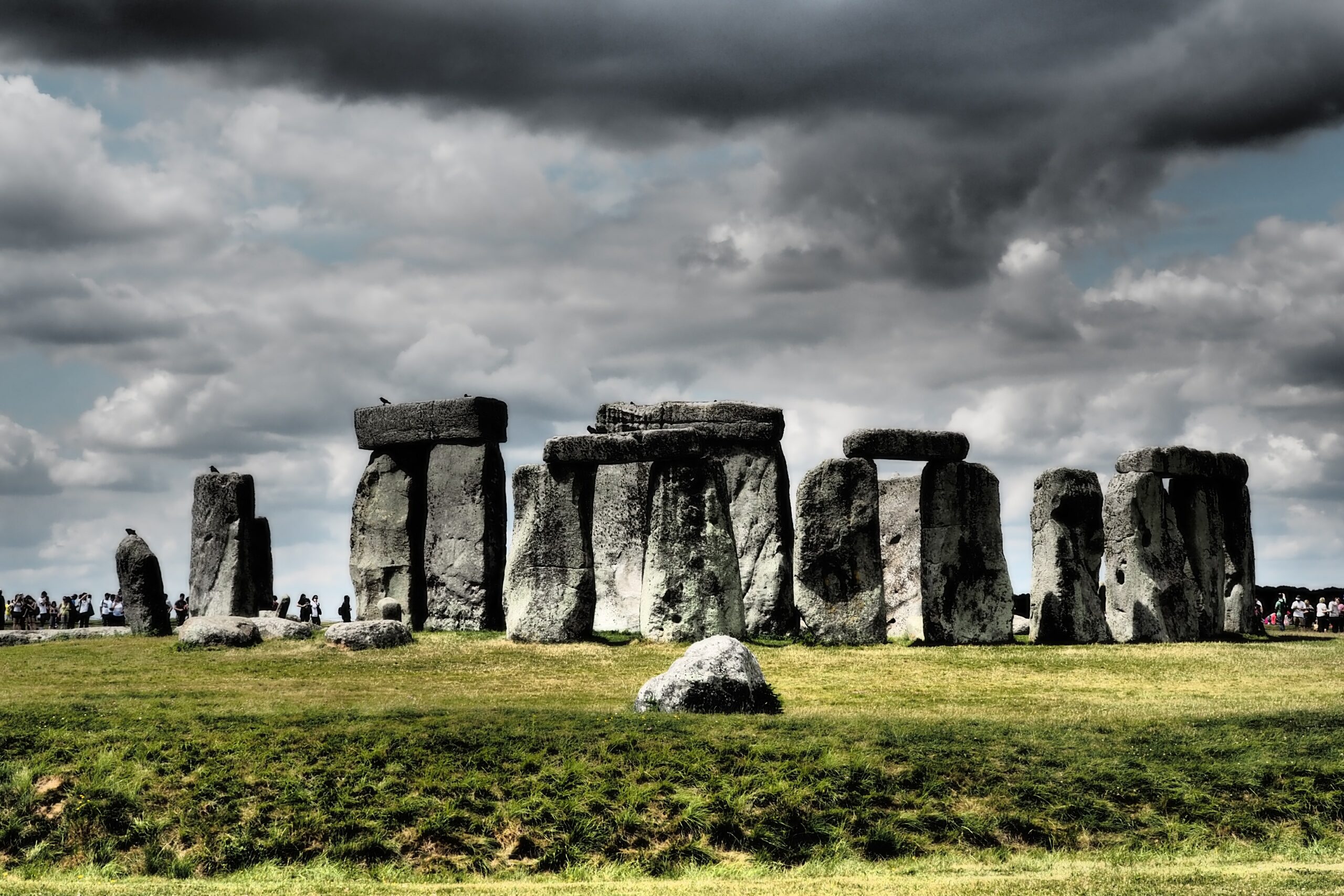
Photo by Mila Buenavida on Unsplash

The effects of global warming are everywhere!
What happens if the world warms up by three degrees?
Changes in the world.
Protect the planet now!
WE ONLY HAVE ONE EARTH
What does a better future look like?
Imaginary World
The future is in our hands.
Take immediate action and measures to protect our planet, the environment and Stonehenge!
References
1. White and black ship on sea under white clouds
2. Global warming,John Houghton
3. Black and white airplane flying in the sky
4. Rock formation on green grass field with trees at the distance at daytime
5. A group of stonehenges in a grassy field
6. Climate Change: It’s Real. It’s Serious. And it’s up to us to Solve it. | National Geographic
7. Stonehenge
8. People gathering near gray concrete pillar during daytime
9. landscape photography of Stonehenge, Wiltshire, England
10. See what three degrees of global warming looks like
11. Climate Change: It’s Real. It’s Serious. And it’s up to us to Solve it. | National Geographic
12. Imagine for 1 Minute
The images used in this website were either taken by the author or obtained under license from Adobe Stock.